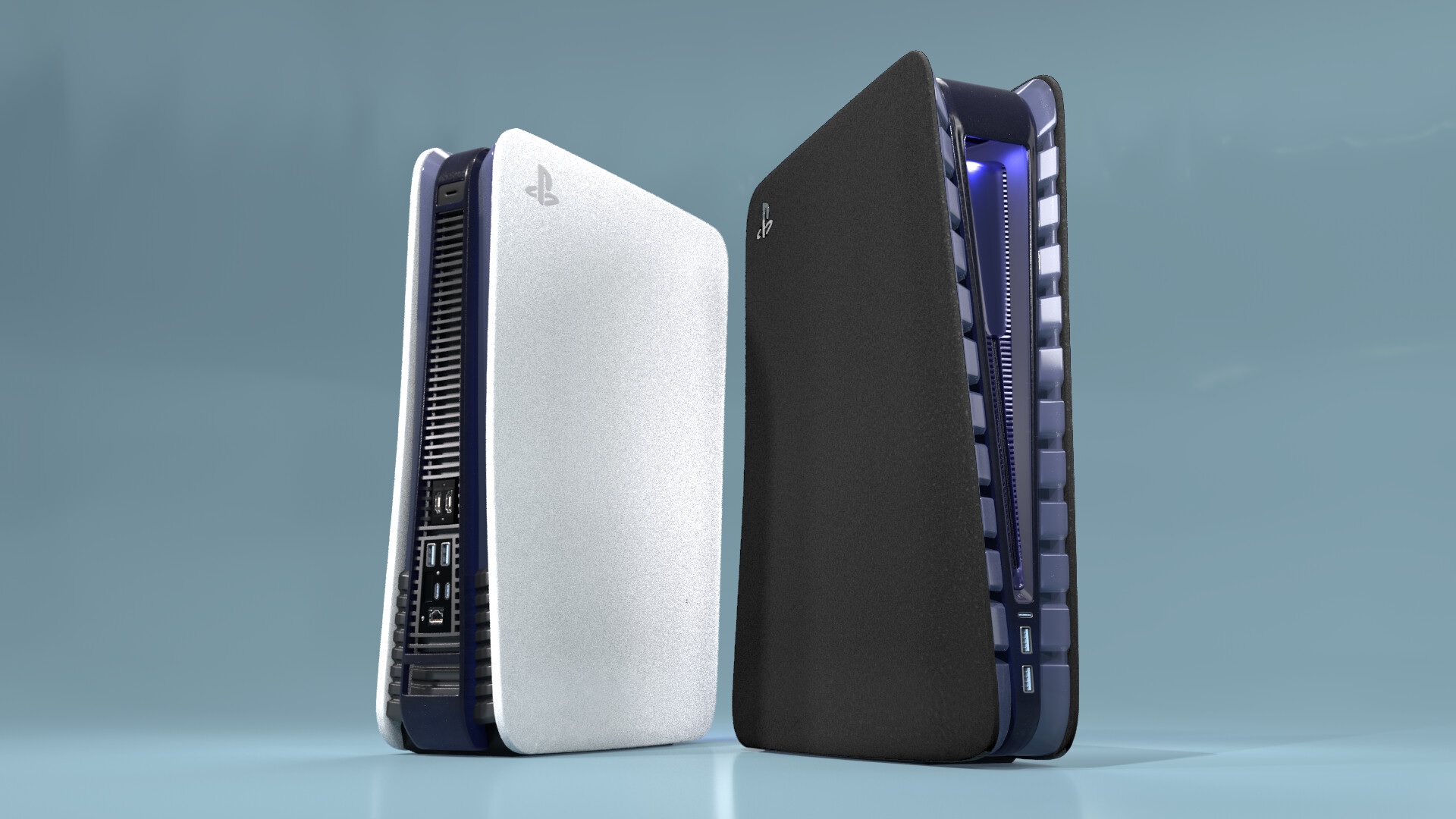PS5 Pro specs leak just revealed a huge upgrade — but I’ve spotted a big problem
Will it be Pro enough? I’m not so sure…

We just got the new PS5 Slim, but leaked specs for the upcoming PlayStation 5 Pro have been spotted in the wild. While they point to improvements in graphics and ray tracing, I’ve spotted a problem that may not make it so “pro” after all.
As shared by RedGamingTech a few days ago, this new information shows impressive GPU upgrades, but the almost archaic Zen 2 CPU is only getting an improved clock speed — no update to the latest Zen 4 CPU standard, and no additional cores, either.
This could kill off the chances of us seeing the big benefits of those additional 24 compute units of graphical prowess.
PS5 Pro vs PS5: Specs
| Spec | PS5 (standard) | PS5 Pro |
|---|---|---|
| CPU | 3.5 GHz AMD Ryzen Zen 2 (8 Cores) | 4.0 GHz AMD Ryzen Zen 2 (8 Cores) |
| GPU | AMD Radeon RDNA 2-based graphics (36 compute units) | AMD Radeon RDNA-3 based graphics (60 compute units) |
| RAM | 16GB GDDR6 | 16GB GDDR6 |
As tech heads will know, building a powerfully effective machine requires balance across all of its elements. The GPU has seen a near 2x improvement in total CUs — I fear the far more minor speed bump in the Zen 2 CPU (an architecture that has aged like severely spoilt milk) could very well bottleneck the GPU, which means you wouldn’t be able to see its full potential anyway.
Of course, until you hear an official announcement, take all of these leaks with a pinch of salt when it comes to rumored spec leaks like this. Plus, all these rumored specs giveaway is more GPU CUs and a higher CPU clock speed, so we can’t be sure what other custom silicon is coming to the PS5 Pro that could address this problem.
Right now, all we can do is cross our fingers that Sony has spotted this potential problem that could limit its rumored upgraded console's GPU’s true capabilities.
Potential PS5 Pro problems and possible workarounds

In one word, maybe. But I’m not sure it’s something you’ll see happen in this machine. Cast your mind back to February 2022, as Mark Cerny files a patent on behalf of Sony for a specially designed ray-tracing unit (RTU).
Get instant access to breaking news, the hottest reviews, great deals and helpful tips.
Think of it like the equivalent of the iPhone 15 Pro’s dedicated neural engine on the A17 Pro — a separate set of cores dedicated to accelerating certain tasks. Only this time, it’s to give accelerated ray tracing a proper turbo boost.
The RTU in a PlayStation would run all the calculations for how light would realistically hit surfaces in a 3D environment, while the GPU deals with all the shaders and additional in-game detail. All of this can be performed asynchronously too, so each element can work separately from each other to achieve the common goal.
Sounds great on paper, right? So why am I unsure? Put simply, you can’t polish a turd. Ray tracing is still a very CPU-heavy task, and since it looks like we may be stuck with the Zen 2 architecture, the dream of hitting full-blown frame rates with ray tracing seems likely to be just that: a dream.

Jason brings a decade of tech and gaming journalism experience to his role as a Managing Editor of Computing at Tom's Guide. He has previously written for Laptop Mag, Tom's Hardware, Kotaku, Stuff and BBC Science Focus. In his spare time, you'll find Jason looking for good dogs to pet or thinking about eating pizza if he isn't already.
